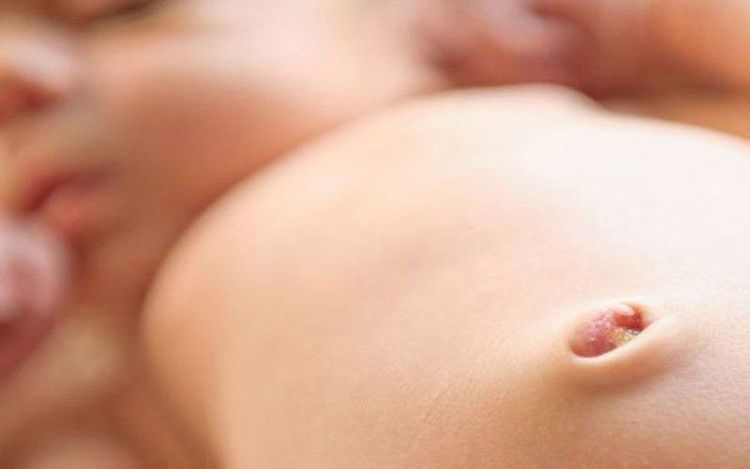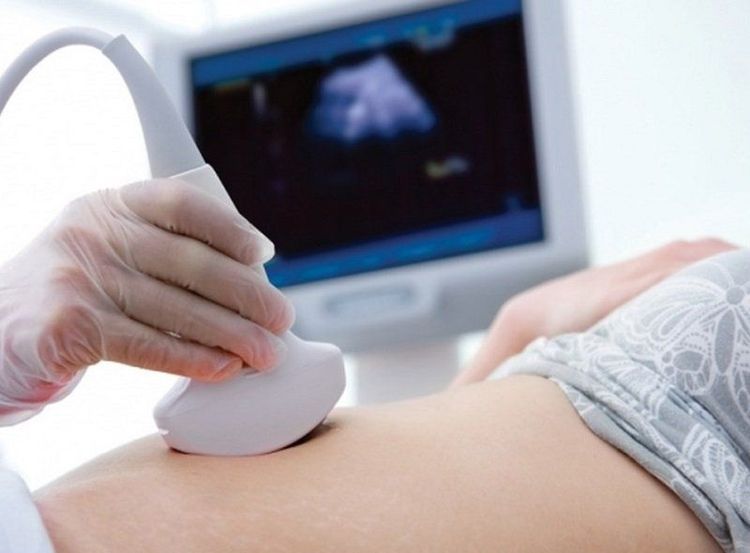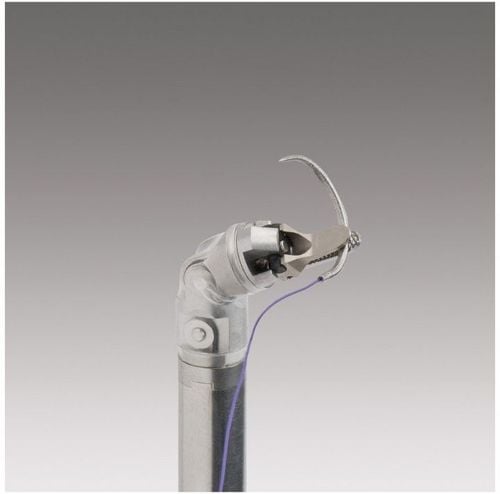This is an automatically translated article.
The article was professionally consulted by Specialist Doctor II Tran Van Trong - Specialist in Pediatric Surgery, Plastic Surgery - Aesthetics - Department of General Surgery - Vinmec Danang International Hospital.Umbilical cord hernia and congenital abdominal wall cleft are two birth defects that occur before birth that require treatment as soon as possible after birth. The following article will refer to the control, diagnosis and treatment of these two birth defects.
1. What is umbilical hernia and congenital abdominal wall cleft?
What is umbilical hernia and congenital abdominal wall cleft? Why do these two malformations occur in children?Hernia of the umbilical cord (English name is umbilical hernia). An umbilical hernia occurs when a portion of a baby's intestines runs out through an opening in the abdominal muscles, bulging the umbilicus to form a protruding umbilical cord mass, which occurs when the baby is born. In infants, umbilical hernias may become more obvious when the baby cries, causing the hernia to protrude. A baby's umbilical hernia usually closes on its own during the first two years of life, although some remain open until the fifth year or so.
Congenital cleft palate (English name is Gastroschisis). Congenital cleft palate is a birth defect of the abdominal wall that allows the intestines and other organs of the baby to escape through a hole next to the belly button. The hole can be small or large, and even the stomach and liver can escape outside the baby's body.
Cleft palate occurs early in pregnancy, when the muscles in the abdominal wall are abnormally formed and create a hole that allows the intestines and other organs to run out of the body, usually on the side. right side of the navel. Because the intestines are not encased in a protective sac and are in contact with amniotic fluid, the intestines can become irritated, causing them to shorten, twist, or swell.
2. Symptoms of umbilical cord hernia and congenital abdominal wall cleft
Umbilical herniaAn umbilical hernia produces a soft swelling or bulge near the navel. In babies with an umbilical hernia, the bulge is only visible when the baby is crying, coughing, or straining. Umbilical hernias are usually painless. If you suspect that your baby has an umbilical hernia, take the child to the pediatrician as soon as possible. When the baby has a herniated umbilical cord with the following symptoms, parents need to take the baby to the emergency department immediately:
The baby shows signs of pain, crying Starts vomiting The position of the umbilicus is swollen or discolored Diagnosis and Timely treatment can help prevent dangerous complications that will come to your child.

Vùng rốn trẻ bị sưng hoặc đổi màu có thể là triệu chứng của thoát vị rốn
Congenital cleft palate can be easily detected prenatally by ultrasound. Newborns with this malformation have an opening of 2 to 5 cm, the abdominal cavity is smaller than normal, and the intestines and other organs are not covered by a membrane sac when they are pushed out of the abdomen. This opening is usually found on the right side, adjacent to the umbilical cord on the left side. The stomach, small intestine, and large intestine are the most common organs that run outside the abdomen.
The intestine is mildly swollen, inflamed, thick, short and covered with a thick fibrous shell due to exposure to amniotic fluid during pregnancy. Intestinal malrotation, which means that the intestines are not arranged properly in the abdomen, causes the common mesentery to narrow and leads to the small intestine being more prone to twisting. This can cause intestinal volvulus, blocking blood flow to the intestines and eventually leading to bowel necrosis.
Bowel function is delayed in most neonates due to malabsorption and hypotonia. Other medical problems that often accompany this disorder may include intestinal infections, dehydration, and hypothermia. In addition, babies with congenital cleft palate also have other problems such as shorter intestines, growth retardation before birth, premature birth or heart abnormalities.
3. Diagnosis of umbilical hernia and congenital abdominal wall cleft
The diagnosis of umbilical hernia and congenital abdominal wall regurgitation is not difficult. Each type of malformation will have a different diagnosis.Umbilical hernia
An umbilical hernia can be easily diagnosed with a physical exam and some imaging techniques such as abdominal ultrasound or CT scan.
Congenital cleft palate
Women who have a fetus with congenital cleft palate will not have any symptoms during pregnancy. But doctors can detect Cleft palate before birth if the mother has:
Routine ultrasound scans Blood tests show higher than normal levels of a protein called alpha-fetoprotein when the fetus has congenital abdominal wall cleft If the mother does not perform a routine antenatal check-up, the doctor can diagnose this defect when the baby is just born because part of the baby's intestine is located outside the body.

Sản phụ nên siêu âm kiểm tra định kỳ để chẩn đoán bệnh cho trẻ kịp thời
4. Treatment of umbilical cord hernia and congenital abdominal wall cleft
The treatment of umbilical hernia and congenital abdominal wall cleft depends on the severity of the disease or mildness of each baby. But the treatments are not too complicated.Umbilical hernias
Most umbilical hernias in infants will close on their own by the time the child is 1 or 2 years old. The doctor may even push the hernia back into the abdomen during a physical examination of the child. However, parents should not do this technique themselves. For some children who are more severe, surgery will be needed to treat an umbilical hernia, in which case surgery is required:
Has abdominal pain Has a hernia hole larger than 1/2 inch in diameter (1 up to 2 cm) Hernia mass is large and does not decrease in size in the first two years of life The hernia does not disappear before the child is 4 years old. Intestinal Tract During surgery, a small incision is made below the navel to bring the herniated tissue back into the abdominal cavity and the hernia hole in the abdominal wall will be sutured closed.
Congenital cleft palate
Pregnant women whose fetuses have been diagnosed with Cleft palate should be transferred to a medical facility with neonatal and pediatric surgical care.
For children with congenital abdominal wall cleft, surgery will be needed to close the defect in the abdomen and slowly return the intestines and other organs to the abdomen. After all the organs have been placed back in the abdomen, the opening will be completely closed.
Before and after surgery, the baby will be fed intravenously and after that, the baby will gradually be fed normally. This treatment allows the infant to receive adequate nutrition and the intestines to have time to return to normal.
Dr. Trong has over 10 years of experience in Pediatric Surgery and Plastic Surgery - Aesthetic, and soon became one of the leading doctors in the field of Children's Surgery, especially Laparoscopic Surgery. and Plastic Surgery - Aesthetic.
To register for examination and treatment at Vinmec International General Hospital, you can contact Vinmec Health System nationwide, or register online HERE.
References: mayoclinic.org/ cdc.gov
MORE:
Newborn navel protrusion: Will it go away on its own or need treatment? Things to know about umbilical hernia in babies Getting stem cells from cord blood: What you need to know














